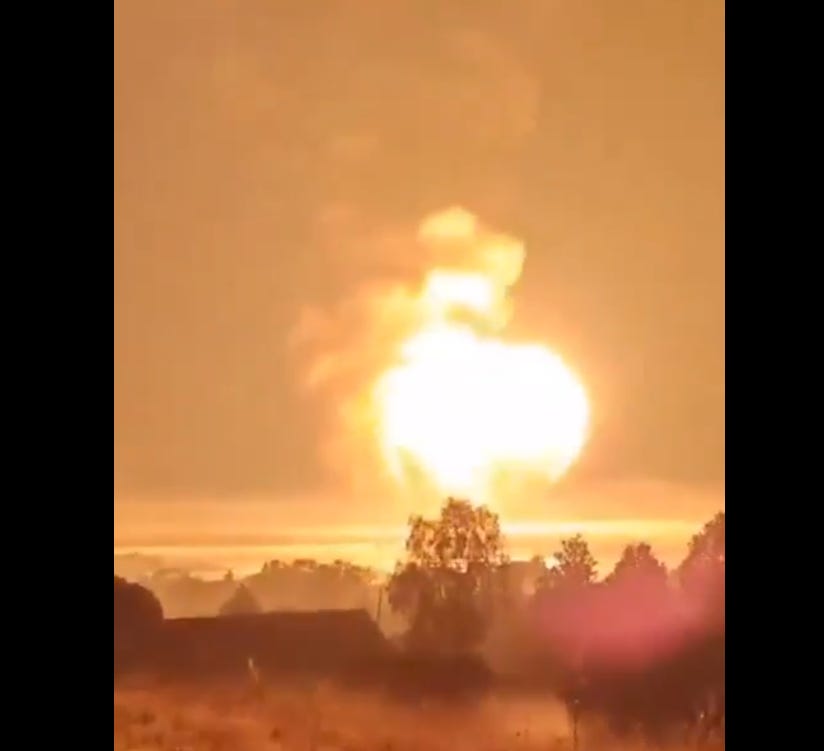What Will Happen to the Strait of Hormuz and Oil? Iran’s Threat and Its Global Impact
Will Iran retaliate after the U.S. strikes on their nuclear program?
Several key points after watching the briefing from the U.S. Pentagon this morning.
No leaks - Total secrecy. A side note: No Democrats were notified before the execution of Operation Midnight Hammer.
Operation Midnight Hammer was a meticulously planned, high-risk U.S. military strike that inflicted significant damage on Iran’s nuclear facilities usin…
Keep reading with a 7-day free trial
Subscribe to Energy News Beat to keep reading this post and get 7 days of free access to the full post archives.




